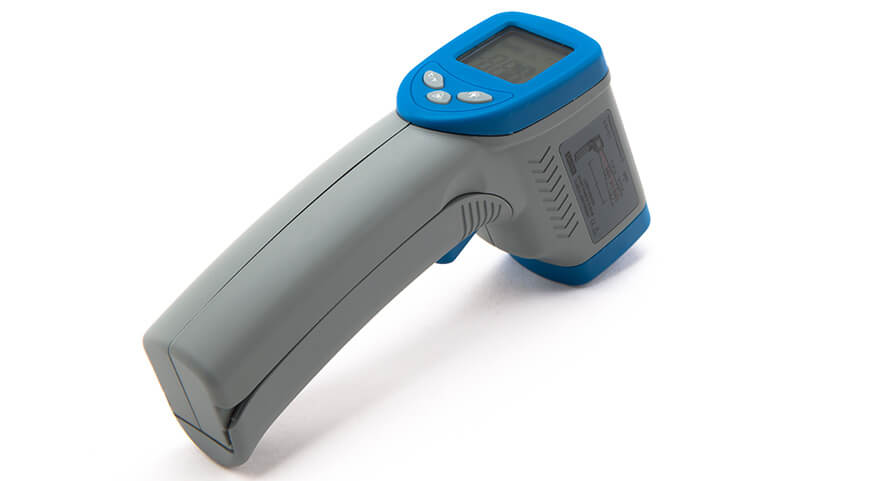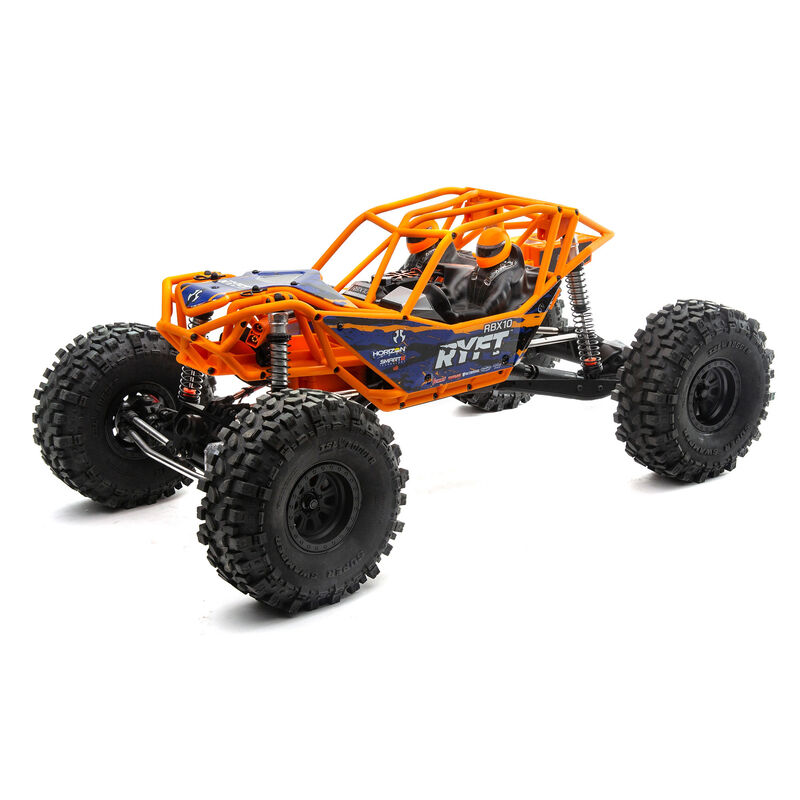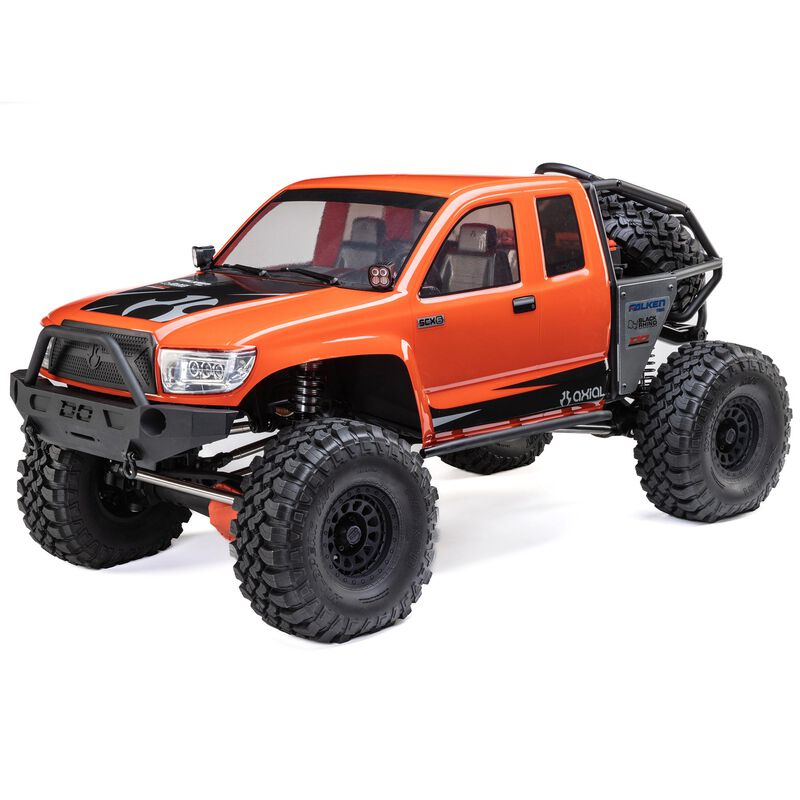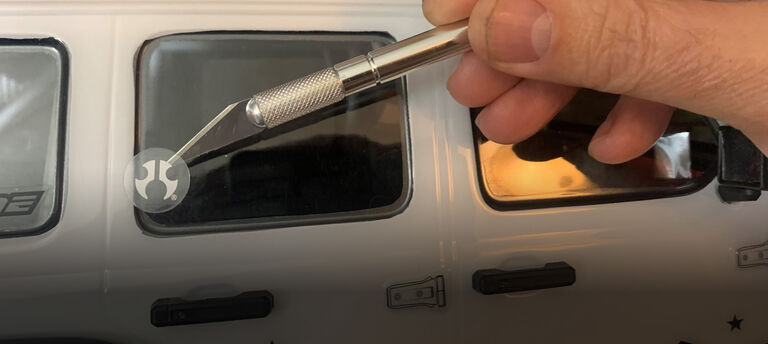Posted: 6/30/23
Axial Pro Tip
Proper Gearing by Temp
By Matt Higgins
Gearing is a really easy way to change the performance of your RC truck. Want more speed? Install a bigger pinion gear. Need more torque? Go smaller on the pinion. A gearing change is also a fast way to ruin your electronics, if you don't pick the correct gears.
If you're going to change your rig's gearing, the proper method to ensure you have the right ratio is to measure motor temp. An inexpensive temp gun such as the Dynamaite Infrared Temp Gun/Thermometer with Laser Sight makes this simple. After running your vehicle for a few minutes to allow true operating temps to be reached, take a reading by pointing the laser directly on the center of the endbell on a brushless motor. The motor should never exceed 160° F. That is the absolute maximum, and the cooler the better. Any higher and damage can occur.
While it's the easiest gear to change and changing it can make a big difference, gearing changes aren't restricted to just the pinion gear. The spur gear can often also be changed. It's important to note that changes in the spur gear work the opposite of the pinion. Larger spur (higher tooth count) results in slower speeds and smaller spur gear yields faster speeds. Spur gear changes are also far less impactful compared to pinion changes. Ring and pinion axle gears can be changed, and you can also change the portal gears in Axial AR45 portal axles. The LCXU transmission has the ability to lower or its ratio using optional gears. Gearing is just a thing for go-fast vehicles like the Ryft. While it might not seem like there's anything to worry about with gearing on a slow RC rock crawler, there's a lot that can change. So, checking motor temps is important. Motor temps are the only way to ensure proper gearing for your electronics. Remember: 160° F is the absolute maximum.







